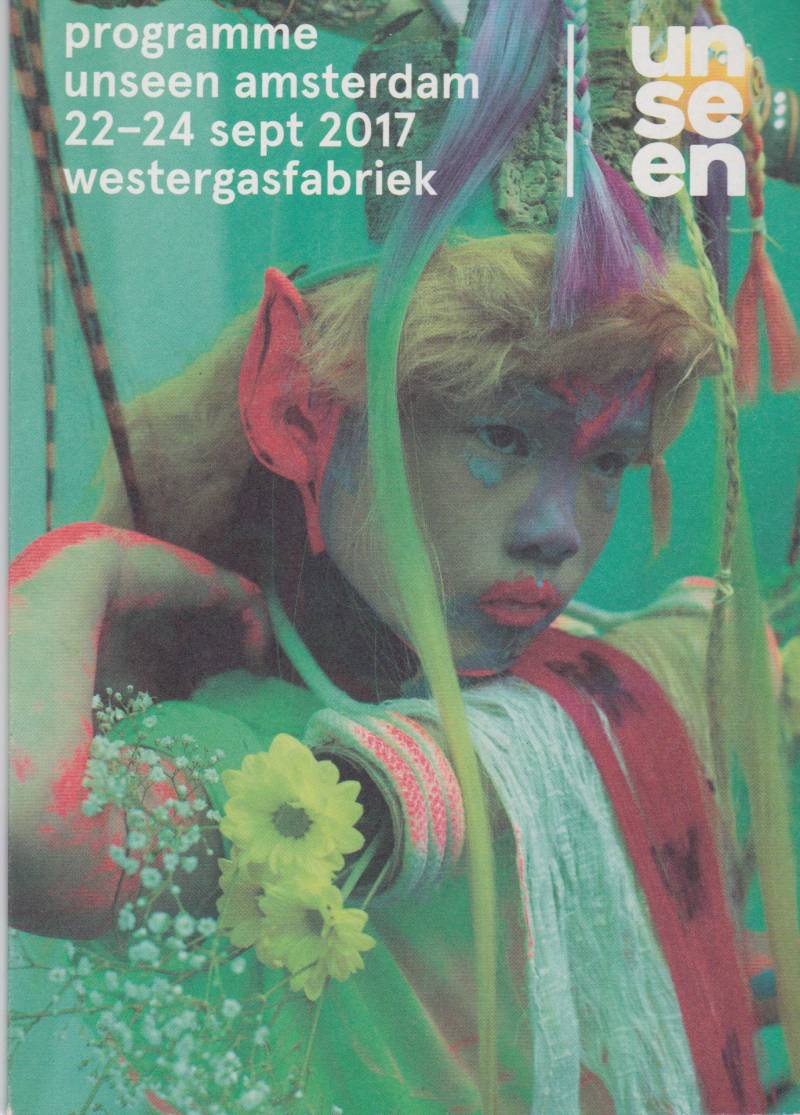
Lara Tabet (b. 1983, Lebanon) uses photography to explore collective and personal memory. Underbelly, her newest series, investigates the complexities of Beirut's political climate, highlighting the city's violence through its shifting landscape.
MEMORY AND
COLLECTIVE AMNESIA
Memory is a central theme in my work, as it specifically relates to being born and living most of my life in Beirut, a city that has been conditioned to quickly forget prodigious incidents. Collective memory is particularly problematic in Lebanon because since the civil war, no reconciliation has taken place. Warlords remain in power, and those who were tortured during the conflict now find themselves co-existing with their torturers. A sort of urbanized tabula rasa has taken place to rein-vent Beirut's social fabric, primarily manifested through the destruction of historical buildings and land- marks, replacing them with shiny new structures. Thus, a lot of Lebanese art created out of this post-war generation revolves around the idea of collective amnesia. My own work also addresses this collective memory, with an added layer of individual memory that offers a more intimate and poetic level atop these geopolitical issues. Using photography to create these projects was a natural decision. as it is a medium that has the power to immortalize my rapidly disappearing city. My analogue methods, which are prone to accidents and glitches, mirror the unexpected nature of quotidian life in Beirut, where nothing is certain, all is transient, and you never know what tomorrow will bring.
PERSONAL AND POLITICAL
I describe the photographs in my series Le rêve et l'asphalte as diaristic; meaning I use the camera as a sort of visual diary. Like the idea of a camera being a daily facet of life, accompanying me daily and encouraging several themes to emerge, such as the city of
Beirut and its problematic features: erratic urbanisation, machismo and violence, to name a few. In addition to this political side, the camera also acts as an intimate platform for tackling notions of sexuality and queerness. In this way, my photographs have a strong autobiographical side while also touching on the everyday political turmoil that comes with living in Beirut. This is very much based on my specific context, as themes related to queerness and gender stereotypes take on a more substantial meaning in this part of the world, where they are so repressed.
UNDERBELLY
This new work emerged from my desire to explore Beirut as a stage of murder. There is a longstanding relationship between the medium of photography and crime, from the widespread use of forensic photography to the transformation of crime scene photography as a contemporary narrative for speculation and fiction. Throughout its existence, the crime scene photograph has questioned our notions of truth and perception. Underbellv is a visual installation that follows the trail of an imagined serial killer throughout Beirut. It is looselv based on Roberto Bolaño's detective novel 2666. In this posthumously published work, Bolaño chronicles the murder of 112 women in Santa Teresa, and the fruitless police investigation that stemmed from it. As the bodies pile up, a city riddled with underlying evils is revealed.
CRIME PHOTOGRAPHY
AND GENDER ROLES
The photographs are a tableau of images taken with a large format. camera, and the lifeless bodies lay almost imperceptibly among theat-rical abandoned spaces and settings. These images are intermixed with snapshots of evidence, video, microscopic photos, and chemigrams of bodily fluids. The visuals are meant to highlight the meaning an object takes on when it becomes a photo-graphic subject, referencing the history of photography, from staged photographs to forensic snapshots and medical imaging. Additionally, choosing to photograph 'deceased* women allows me to subvert gender
roles and stereotypes by directing a voyeuristic gaze onto representations of violent acts and the hyper-sexuali-sation of women's bodies.